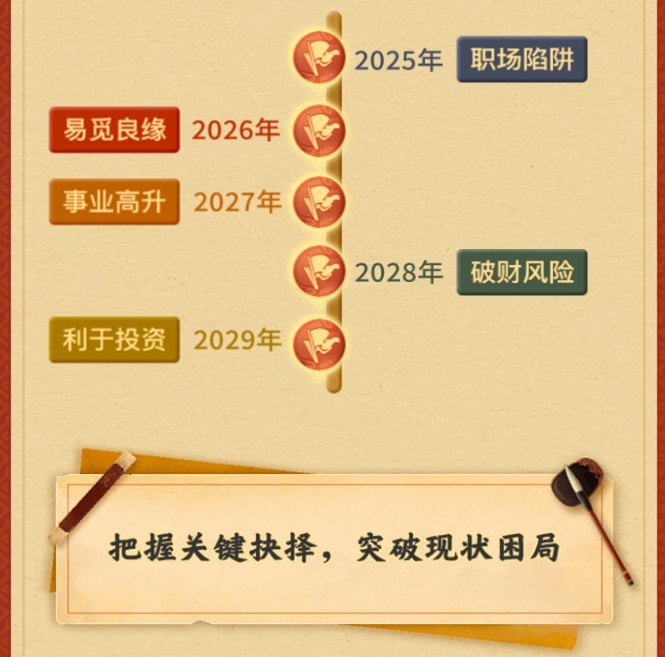November 30th Full English Name,The Complete Guide to Date Nomenclature,Understanding Calendar Designations
The full English name for November 30th represents more than just a date on the calendar. This specific designation carries historical significance in the Gregorian system, where November derives from the Latin "novem" meaning nine, reflecting its original position as the ninth month in the ancient Roman calendar. The thirtieth day holds particular importance as it marks the final day of November in common years, preceding the transition into December.
When examining calendar conventions across different English-speaking countries, we find fascinating variations in how dates are formatted. The United States typically follows the month-day-year sequence (November 30, 2025), while many Commonwealth nations prefer day-month-year (30 November 2025). These formatting differences occasionally cause confusion in international communications, making it crucial to understand proper date nomenclature.
Historical records from the 16th century reveal how November's position shifted when the Julian calendar was reformed. The addition of January and February moved November to its current eleventh position, yet the original numerical prefix remained. This explains why November, meaning "ninth month," actually appears eleventh in our modern calendar system a quirk that often puzzles students learning calendar history.
The spelling of "November" in English has remained remarkably consistent since the 14th century, with minor orthographic variations appearing in Middle English texts. Manuscripts from Chaucer's era show forms like "Novembre," demonstrating the word's gradual standardization. This linguistic stability contrasts with more volatile month names that underwent significant changes during the Great Vowel Shift.
In formal documentation, November 30th's complete designation serves important legal functions. Contracts, official certificates, and historical archives require unambiguous date references to prevent misinterpretation. The full written form eliminates confusion that might arise from numerical abbreviations, especially in international contexts where date formats vary significantly between nations.
Educational systems worldwide emphasize proper date writing as fundamental literacy. Elementary curricula in English-speaking countries typically introduce month names in second grade, with November presenting spelling challenges due to its silent 'b' and the need to distinguish it from "December." Teachers often employ mnemonic devices to help students remember November's unique characteristics among month names.

The following table compares November's characteristics with adjacent months:
Meteorological associations with November 30th vary dramatically by hemisphere. In northern latitudes, the date typically marks the transition from autumn to winter, while southern regions experience spring's full bloom. These seasonal contrasts demonstrate how calendar designations acquire different cultural meanings based on geographical context, despite maintaining consistent nomenclature worldwide.
Cultural observances on November 30th contribute to its significance beyond mere chronology. In Scotland, St. Andrew's Day falls on this date, celebrating the nation's patron saint. Various religious traditions mark November 30th as feast days for different saints, while secular observances include Computer Security Day, highlighting how modern events augment the date's traditional meanings.
The pronunciation of "November" offers interesting phonological insights. While most English speakers stress the second syllable (no-VEM-ber), regional variations exist, particularly in areas with strong Scottish or Irish influences where the first syllable might receive slightly more emphasis. These subtle differences rarely cause communication barriers but reflect the rich diversity of English dialects.
Legal documents demonstrate particular care when writing November 30th in full. The complete spelling prevents potential fraud or misinterpretation that could arise from numerical abbreviations. Many jurisdictions actually mandate written-out dates in certain contracts and certificates, recognizing that "November thirtieth" leaves no ambiguity compared to "11/30" or "30/11" formats.
Astronomical events occasionally coincide with November 30th, adding celestial significance to the date. Meteor showers like the Andromedids sometimes peak around this time, while rare planetary alignments may occur. These phenomena remind us that calendar dates ultimately reflect Earth's relationship with cosmic cycles, with November 30th occupying a specific point in our planet's annual journey around the sun.

Literature contains numerous references to November 30th, often using the date symbolically. Thomas Hardy's novels frequently employ November as a metaphor for decline, while contemporary authors might use the specific date to mark turning points in narratives. The full written form appears more commonly in formal correspondence within literary works, reflecting historical writing conventions.
Business communications require particular attention to date formatting. International corporations often standardize on spelling out November 30th completely to avoid confusion between American and European date formats. This practice becomes especially crucial in legal contracts, shipment documentation, and financial instruments where date misinterpretation could have serious consequences.
The evolution of November's abbreviation shows interesting historical patterns. Medieval scribes used "Nov." or "9ber" (reflecting its original position), while modern style guides prefer consistent three-letter abbreviations ("Nov") in limited-space contexts. However, formal writing still demands the full month name, particularly when specifying exact dates like November 30th in official records.
Digital systems have introduced new considerations for November 30th's representation. While databases typically store dates numerically, user interfaces often display the full month name for clarity. Programming languages handle date formatting differently, with some providing localization options that automatically display "November 30" or "30 November" based on user preferences.
Personal record-keeping benefits from using November 30th's complete name. Journals and diaries that spell out dates create more readable historical documents, while also preventing confusion that might arise years later when reviewing entries. This practice proves particularly valuable for genealogical research, where precise date interpretation is crucial for tracing family histories.

Mnemonic devices for remembering November's spelling often focus on its silent 'b'. Common schoolroom tricks include phrases like "No voice bellowed every morning," where the capitalized letters spell "November." These learning aids demonstrate how educators address the month's challenging orthography, ensuring students properly write November 30th when documenting dates.
The postal system's handling of November 30th reveals practical considerations for date writing. Postmarks traditionally use abbreviated forms for space efficiency, but formal correspondence within letters should use the complete date name. This distinction shows how context determines the appropriate level of formality when writing dates in different communication mediums.
Historical events occurring on November 30th gain additional gravitas when referenced by full date name. The 1939 Winter War between Finland and Soviet Union began on this date, with documents using the complete designation for solemnity. Such usage patterns demonstrate how formal date writing can convey respect and historical significance beyond mere chronological notation.
Personally, I find the full English name for November 30th represents a fascinating intersection of language, history, and practical communication. The date's dual nature - simultaneously ordinary in its annual recurrence yet potentially significant in specific contexts - mirrors how our calendar system blends mathematical precision with cultural meaning. While digital systems increasingly dominate date recording, there remains undeniable elegance in writing out "November thirtieth" for important occasions.